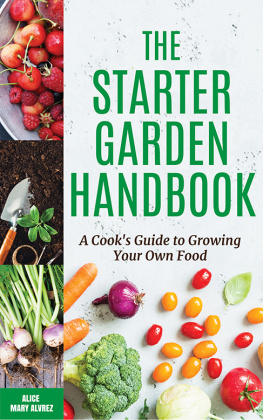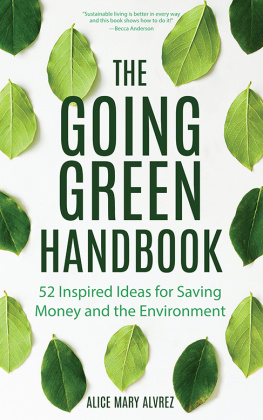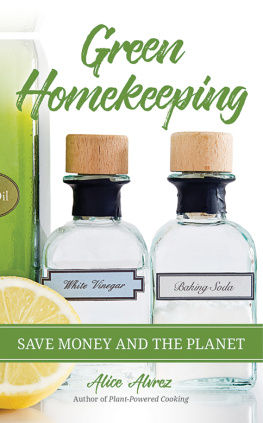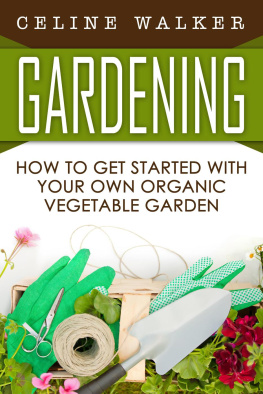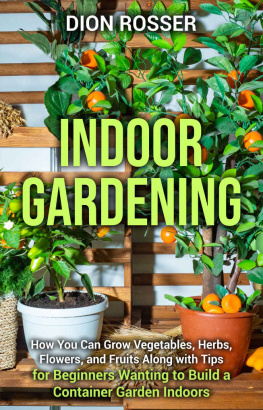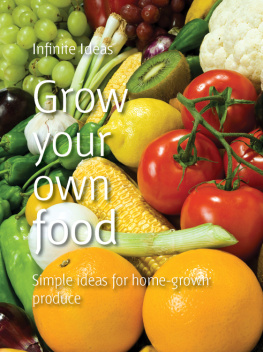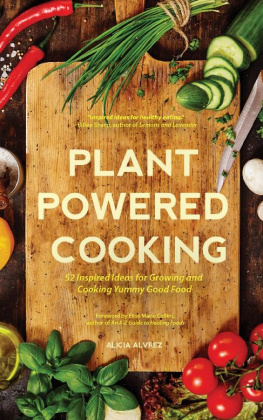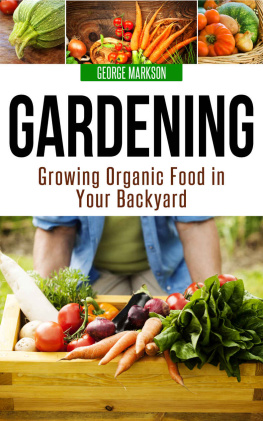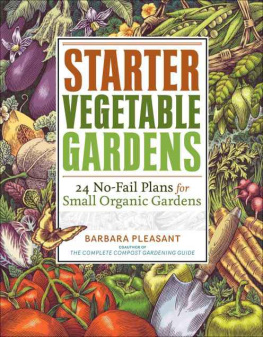
Copyright 2018 Alice Mary Alvrez.
Published by Mango Publishing Group, a division of Mango Media Inc.
Cover and Layout Design: Elina Diaz
Mango is an active supporter of authors rights to free speech and artistic expression in their books. The purpose of copyright is to encourage authors to produce exceptional works that enrich our culture and our open society.
Uploading or distributing photos, scans or any content from this book without prior permission is theft of the authors intellectual property. Please honor the authors work as you would your own. Thank you in advance for respecting our authors rights.
For permission requests, please contact the publisher at:
Mango Publishing Group
2850 Douglas Road, 3rd Floor
Coral Gables, FL 33134 USA
For special orders, quantity sales, course adoptions and corporate sales, please email the publisher at or +1.800.509.4887.
The Starter Garden Handbook: A Cooks Guide to Growing Your Own Food
Library of Congress Cataloging
ISBN: (print) 978-1-63353-660-9 (ebook) 978-1-63353-661-6
Library of Congress Control Number: 2017963042
BISAC category code: CKB086000 COOKING / Vegetarian, GAR000000
GARDENING / General, GAR009000 GARDENING / Herbs, GAR016000
GARDENING / Organic, GAR025000 GARDENING / Vegetables,
HOM022000 HOUSE & HOME / Sustainable Living
Printed in the United States of America
My garden is my most beautiful masterpiece.
Claude Monet
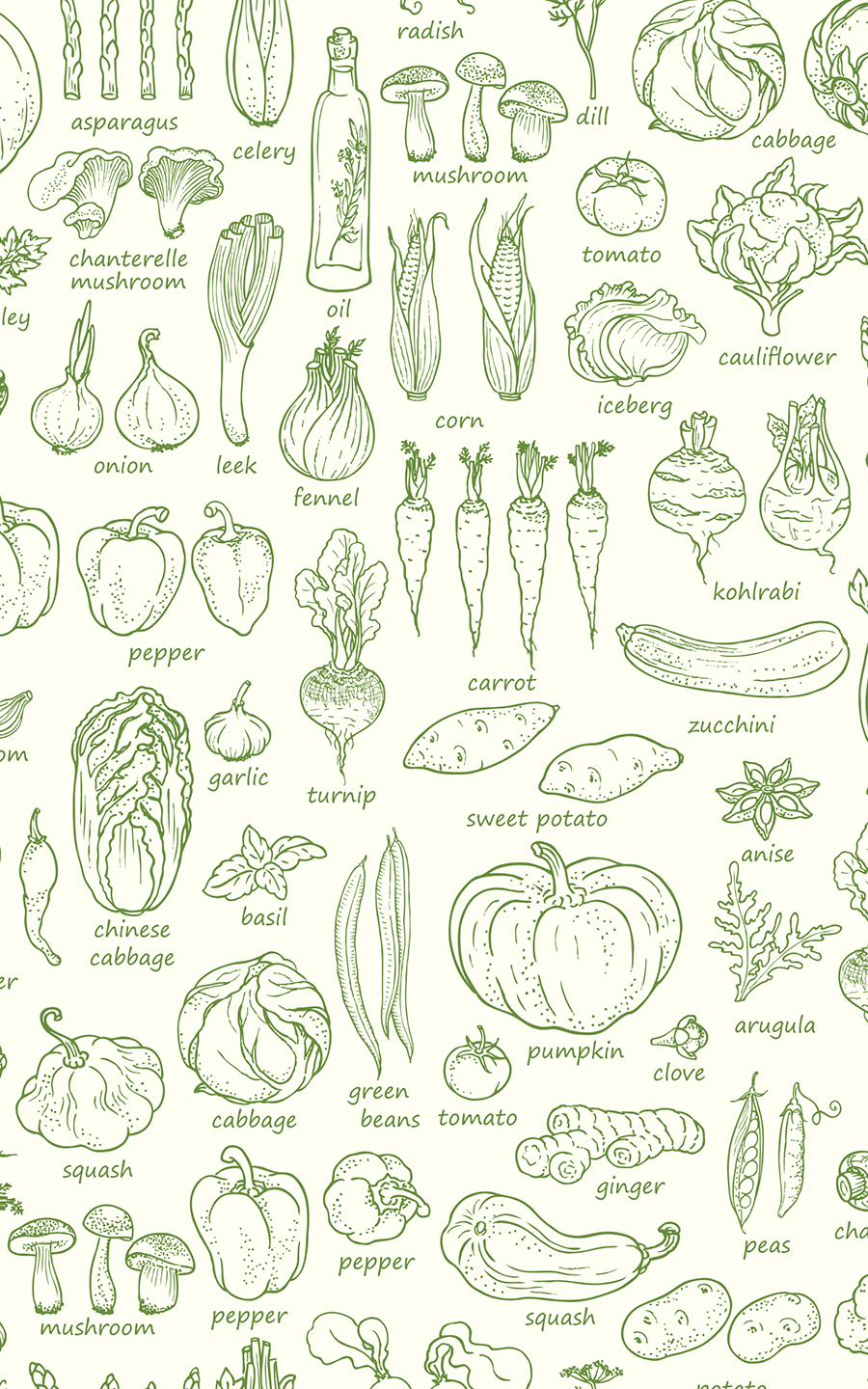
Contents
Gardening is the Key to Happiness
Lawns are very high maintenance and unless constantly mowed and manicured, can greatly reduce your curb appeal. Besides wasting water and taking up a lot of time, grass in your yard doesnt offer you anything back for all the demands on your time and pocketbook. They also tempt many lawn keepers to use chemicals which are bad for all of us, especially the birds and the bees. Get creative and go at least a little wild. My next door neighbor overturned and tilled their front lawn and planted potatoes, beets, asparagus and squash. They love going into the front yard and harvesting fresh veggies for their daily meals. The squash and pumpkins actually have beautiful foliage and the flowers are stunning and edible, as well. Last year, one of their crops grew to Giant Pumpkin size and it became the talk of the neighborhood as we watched it grow and grow. Needless to say, they had the best jack-o-lantern on the block and some fantastic pies to boot. I am heartened to see the new gardening philosophy of growing veggies, roots stocks, herbs and berries right beside the roses and lilies. It is gorgeous and supports the bee populations to whom we owe so much.
Gardening, even it is a hanging basket of cherry tomatoes and a windowsill filled with herb pots, is a much more human way to live, grounded in nature and connected to Mother Earth who provides all. It will definitely add pleasure to your life and a sense of calm. When I feel stressed, I go out back and do some weeding. It is my therapy and I can immediately see the profit of my labors. The bigger my compost piles grows with weeds, the happier I am. I intend the same for you. With your garden, you are quite literally growing a bounty of blessings.
Have Your Garden and Eat It, Too!
What veggies do you love? What are your favorite salad greens? The first rule is to plant what you will actually eat and feel proud to serve to guests. Take your book of shadows and list your preferred herbs, greens, vegetables including root vegetables, fruit, and herbs. Now, strike out anything you can buy really cheaplyno sense in using valuable space to for something easily available at a lower cost than it is to grow. Another caution, check out your sold type. Carrots need deep, rich soil to grow well. If your lot is shallow and sandy soil, cross carrots off your list and look to surface crops like potatoes and beets instead.
Easy Peasy Peas and Veggies:
Here are the vegetables anyone can grow, from beginners to pros with their own greenhouses:
Lettuce, peas, onion, beets, potatoes, beans and radishes.
Lettuce leaves for your salads are the easiest edible crop to grow. A few varieties will be ready to harvest in weeks! Choose a seed mix that will give you a variety of leaves for different tastes, colors and textures. For best results, sow in stages so you dont get loads all at once. Sow a couple of lanes every few weeks throughout the summer to ensure a continuous supply.
Once you are a pro with lettuce, grow spinach and rocket for your salad bowl.
Peas are a trouble-free crop that can handle cooler weather so you can skip the step of starting the seedlings indoors. Simply sow the seeds in the ground from March onwards and watch them thrive. The plants will need supportput in stakes or chicken wire attached to posts and occasionally wind the stems around as they grow. Harvest your fresh peas from June to Augustthe more you pick, the more will grow.
Onions are problem free and easy to propagate. After your seedlings sprout, thin seedlings to an inch apart, and thin again in four weeks to 6 inches apart. Onions are a staple for cooking so you and your family will be grateful once you have established an onion patch in your kitchen garden.
Potatoes and beets are a high return for your labor. To me, the best way to grow both is the worlds laziest way to garden; I remember reading about it when I was ten in a book by Thalassa Crusoe, a pioneering organic gardener. I was fascinated that you could grow root vegetables without even needing to turn any soil. You can grow potatoes, yams, etc under straw! Simply cut up mature potatoes that have eyes or the fleshy tubers sprouting out of the flesh of the potato, making sure each piece has an eye. This will give a new potato After you plant or place the seed potatoes chunks on the ground, put loose straw over the pieces and between all the rows at least 4-6 inches deep. When the seed pieces start growing, your potato sprouts will emerge through the straw cover. How easy was that? Crusoe also said you could do the same under wet, shredded newspaper but straw is more organic.
Radishes have enjoyed a new popularity thanks to Korean and Japanese cuisine. They add a fun pop of spicy, tangy flavor to soups, stews, tempura, salads and all on their own. They can grow equally well in the ground in spring or in a pot. Radishes like a lot of sun and well-drained soil. They are also a crop you can brow in several crops per season. If you keep the soil moist, youll have big beautiful radishes to brighten any dish.
Green beans are the opposite of the low maintenance beets and potatoes as they will need staking or poles for support. However, an easier path to a greet crop of green beans can be to grow this in a 5-gallon container, After they have gotten four or five feet long, place a pole or stake carefully in the pot and allow the bean vines to wind around. Soon youll have a pot of beans even grandma might recognize as one of the favorite vegetable for any occasion.
How to Make Compost Tea
Compost tea is a marvelous way to feed your plant and give them extra nutrients in a wholly natural way that is free of chemicals. You want to feed your friends and family only the cleanest and pesticide-free produce so start out organic and you will have a garden that produces healthy food. You will need a big bucket and the following to make compost tea:
2 cups homemade, fresh compost dirt
Next page
